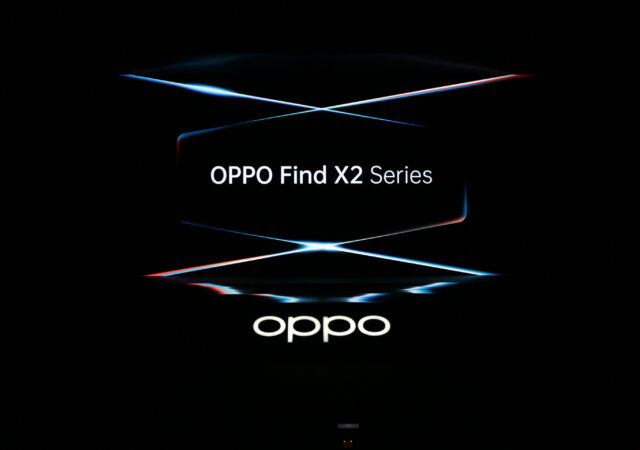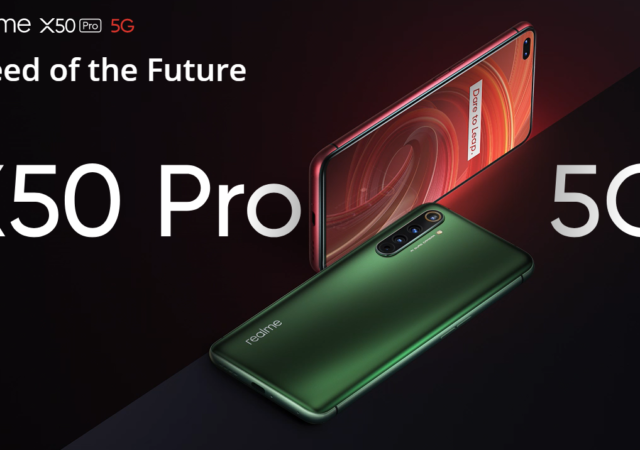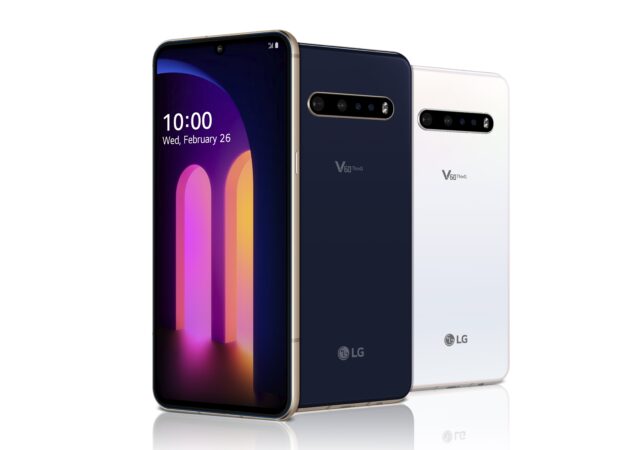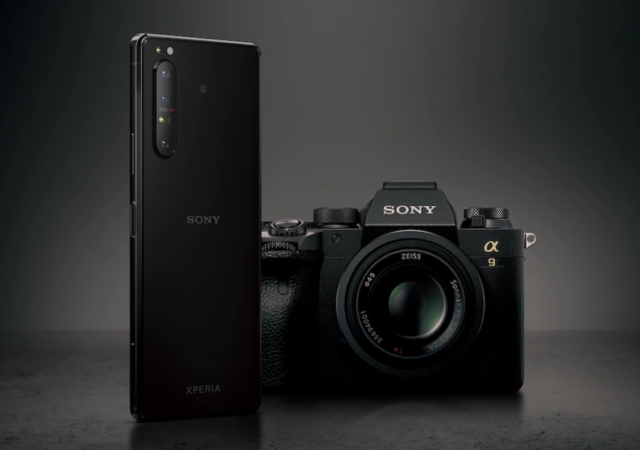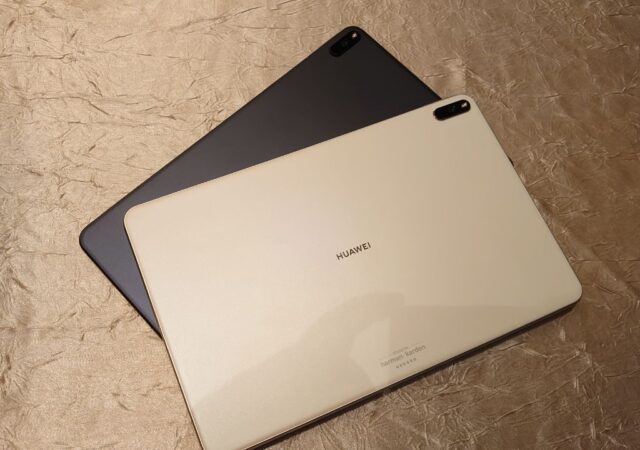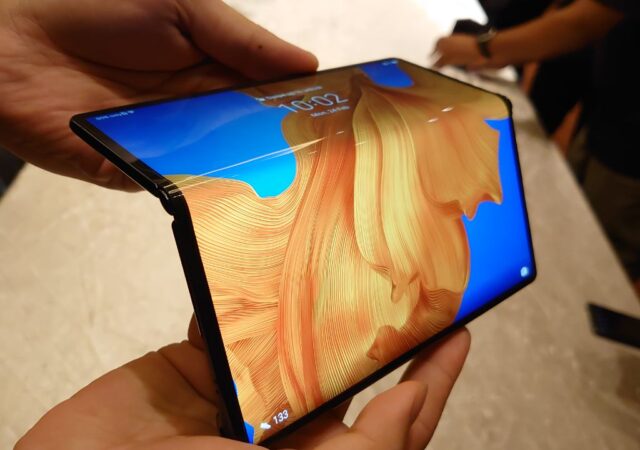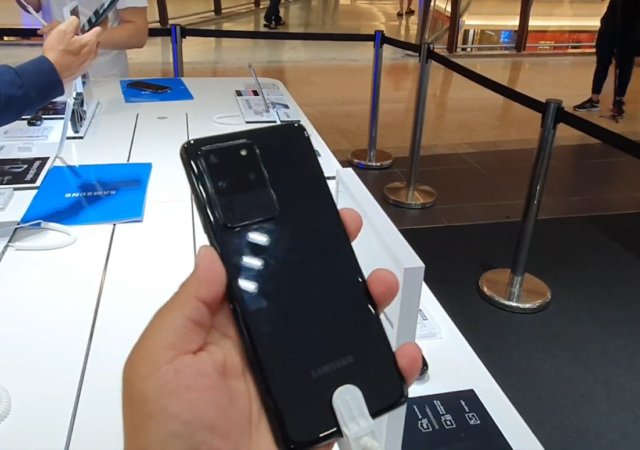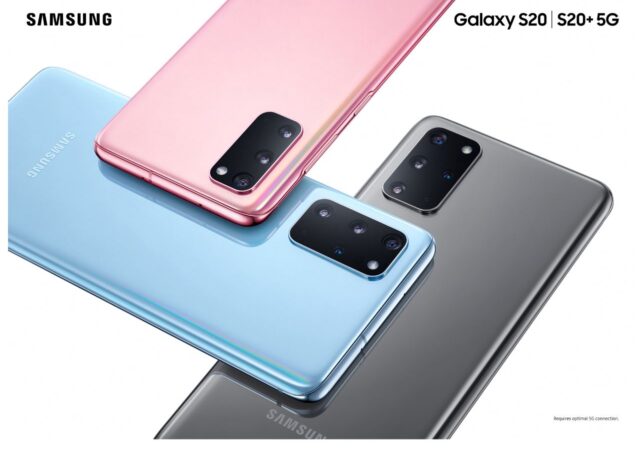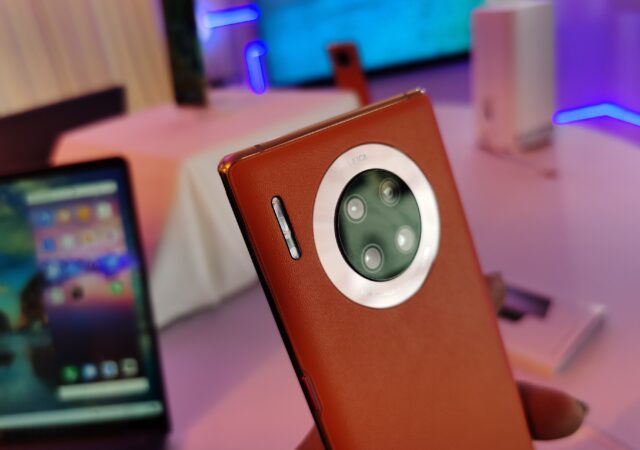Nokia’s brand has a long history in the telecommunications space. After a successful relaunch into the mobile industry a few years ago, HMD Global, is looking to up the ante with their first 5G device – the Nokia 8.3 5G.…
OPPO Find X2 Series Global Launch – Replacing An Icon
OPPO has unveiled their flagship replacement, the OPPO Find X2 series. The OPPO Find X2 packs flagship hardware with some really innovative camera and display technologies.
Realme X50 Pro 5G Announced In India!
Realme first phone to come with Qualcomm’s Snapdragon 865 processor has been officially launched in India!
LG V60 ThinQ 5G Debuts With Dual Display!
LG releases its new V Series phone, the V60 ThinQ that runs on Snapdragon 865 and has a double display which you can fold and detatch.
Sony Unveils Xperia 1 II; Made for Creators
Sony hasn’t really been one of the top contenders in the market when it comes to smartphones. However, the company did turn heads with their Xperia 1; a smartphone which (finally) brought together Sony’s many strengths into a single, sleek,…
HUAWEI MatePad Pro – Built To Unleash Your Creativity On-the-Go from EU€ 549!
The HUAWEI MatePad Pro was announced globally in Barcelona. The new tablet device are made for the creative industry and meant to be used with the M-Pencil. It starts at EU€ 549 and tops out at EU€ 949.
The HUAWEI Mate Xs Getting in on The Fold!
The HUAWEI Mate Xs has just launched globally. The new foldable device packs HUAWEI’s HiSilicon Kirin 990 SoC, 8GB of RAM and 256GB of storage. You can use it as a 6-incher smartphone or even an 8-incher if you like. It will be available in select markets globally for EU€ 2,499.
Samsung Galaxy S20 Ultra (Cosmic Black) Hands-On
Samsung has just announced their new flagship series, the Galaxy S20 series. The top most variant of the series is the Samsung Galaxy S20 Ultra. It is also the variant with the largest screen with a 6.9-inch WQHD+ Dynamic AMOLED…
The Korean Triple Threat is Back – The Samsung Galaxy S20 Line-Up Unpacks Today!
In the modern smartphone age today, there are a few launches that is always anticipated within the year. One of them is from Samsung early on in the year. This will be the Samsung Galaxy S line, for this year…
HUAWEI Releases the Mate30 Pro 5G in Malaysia
Malaysia has been discussing and researching 5G for a while now. In fact, the initial rollout of 5G commercially will begin in Q3 2020. With that in mind, HUAWEI was also present at the recent 5G Malaysia International Conference in…




